Louisiana Purchase Exposition, 1904
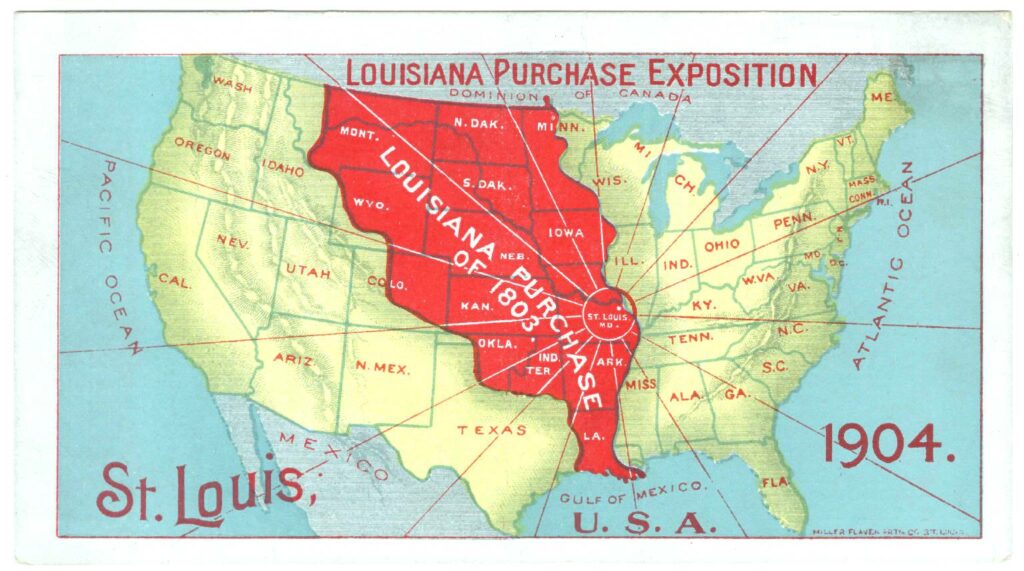
The 1904 World’s Fair was known as the Louisiana Purchase Exposition, as it celebrated the 100th anniversary of the purchase of the territory of Louisiana on April 30, 1803 from France. The exposition stretched from Forest Park to the west of St. Louis over an area of 500 hectares, making it one of the largest World’s Fairs ever organized. The Exposition was opened on April 30, 1904, and had over 19,000,000 visitors before it closed on December 1, 1904. It was a truly international exposition with over 50 countries having a presence.
The “Pike” was a 2 Km section of the exposition that contained all the amusements, including an incubator baby exposition. The exhibit was patterned after Couney’s sideshows at the Omaha Trans-Mississippi Exposition of 1898 and the Buffalo Pan-American Exposition of 1901, but Martin Couney was not involved. Although Couney had applied for the concession, it was awarded to a promoter named Edward M. Bayliss, who was willing to give up a larger share of the receipts to the exposition’s organizing committee. Bayliss partnered with a physician named Joseph Hardy, who had no experience with incubators or premature infants. Bayliss did at least purchase Lion-type incubators for the exhibit, presumably from the Kny-Scherer. After an epidemic of diarrhea among the infants and many deaths, described as a “charnel house” by the Humane Society, management of the exhibit was turned over to pediatrician John Zahorsky, who later documented his experiences in a series of nine articles in the St. Louis Courier of Medicine and in his autobiography, “From the Hills:”
One day, the latter part of August, Dr. Saunders called me into his office and asked:
“Doctor, could you arrange your practice so as to take charge of the Baby Incubators on the Pike?”
It was an unexpected shock. Naturally, I hesitated and asked, “Why should I be asked to take such a position?”
“The position will last only three months.”
Again destiny! All my other plans destroyed.
Perhaps you remember the Pike was a wide street extending about a half mile along the northern border of the fairgrounds in Forest Park. It corresponded to the Midway at the Chicago Exposition and to the Trail at San Francisco. On both sides the street was lined with artistic buildings in which a great variety of “shows” had concessions to entertain the visitors. Yes, the people that visited the fair, as a rule wanted to be entertained, not instructed.
I had been chosen as the head physician for the “Baby Incubators on the Pike.”
The Imperial Concession Company, a company formed principally by some St. Louis businessmen, with Mr. E. M. Bayliss, manager, opened the incubators to the public about June 1, 1904. While the purpose of this company was simply to make money, the character of the men governing the institution precluded the entertainment of the notion that the infants would be neglected in any way. These businessmen did not claim to know anything about the care of infants prematurely born, but they were willing to do anything that science taught to be necessary. Miss Kelly, a highly trained nurse who had considerable experience with premature and normal babies, was put in charge; also, a physician was procured who had gone East especially to study the care of premature infants, and only trained nurses were employed to take care of the babies.
Everything went very well until the summer hot weather arrived, then, through some error, a very virulent disease-producing germ or virus was introduced, starting a catastrophic epidemic of contagious diarrhea. The loss of newly born infants was increased by the death of several “graduates” and the mortality was altogether higher than was desirable. On September first the death rate had risen to fifty per cent, the attending physician resigned, and thereupon, another physician was asked to take charge.
Meanwhile, certain “specialists” of incubator exhibitions, probably chagrined by the fact that they had not secured the concession, began to assail the management in every conceivable form. Some sensational newspapers tried to make a scandal out of the baby incubator exhibition on the Pike.
The management and the officials of the Exposition took up the subject and a committee of local physicians was appointed to investigate the exhibit, and a few changes in the arrangements of the building were ordered. At great expense, a glass partition was installed, which separated the incubators from the public. But the catastrophe was almost over.
I took charge of the medical management on September first, and was ably assisted by Dr. O’Neal and later by Dr. F. N. Gordon. I made two, more often three, visits to the baby exhibit daily. All other prospective visits to the World’s Fair had to be canceled, since I remained in charge until the close of the Fair, November 30, 1904.
According to an article on the “At the Fair” web site, the construction costs for the exhibit were 31,000 dollars (equivalent to $1,380,000 in 2023). The entrance fee was 25 cents for adults, and 15 cents for children. The exhibit had 24 incubators and 10 trained nurses. An average of 25 babies were on display, and four lecturers would inform the crowd about the workings of the incubators and various statistics related to the care of the babies. After viewing the babies, visitors could purchase a souvenir soap baby and have lunch at the incubator exhibit’s Cafe.
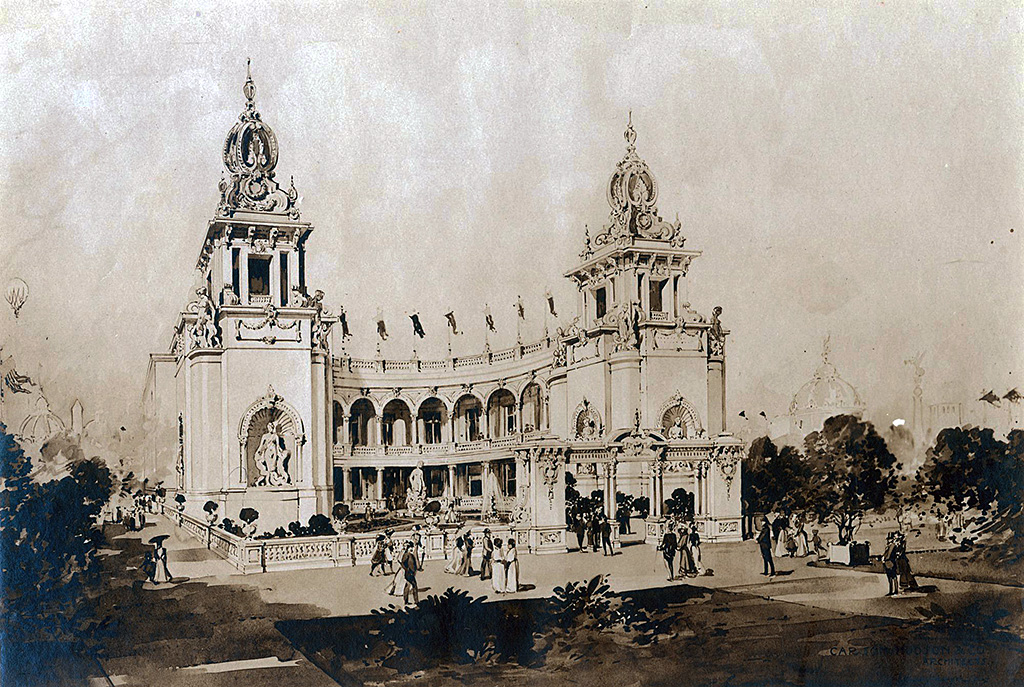
Above: Baby Incubator Building on the Pike at the 1904 World’s Fair.
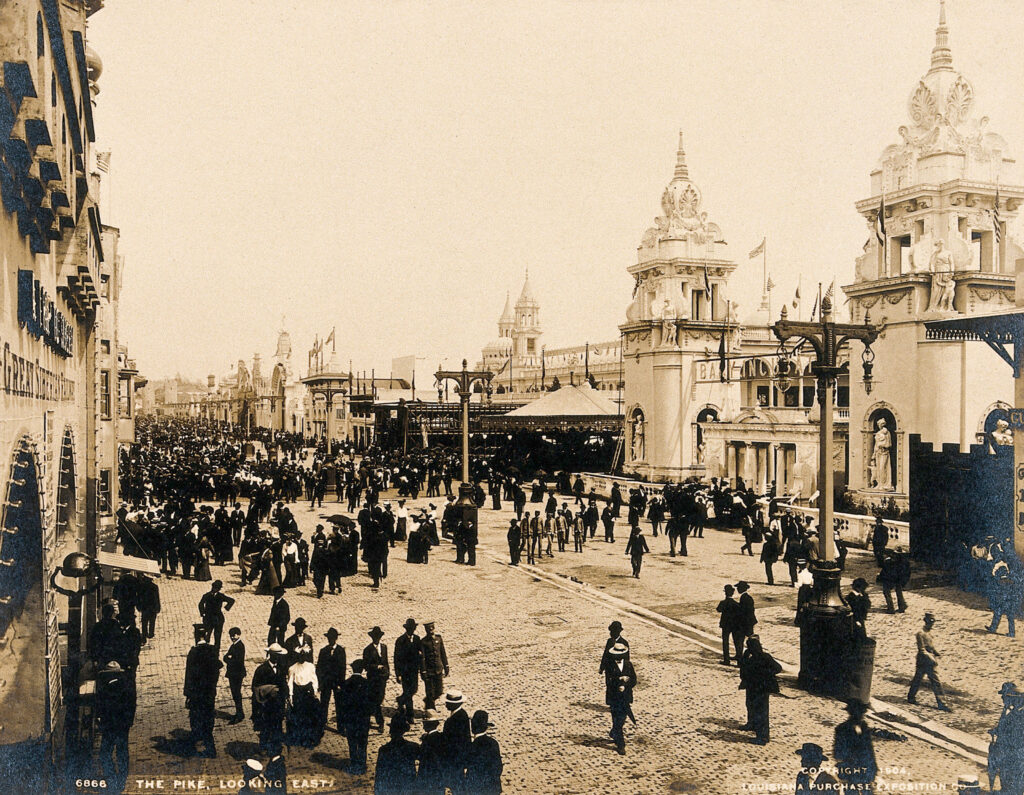
Above: Another view of the Baby Incubator Building on the Pike, with crowds.
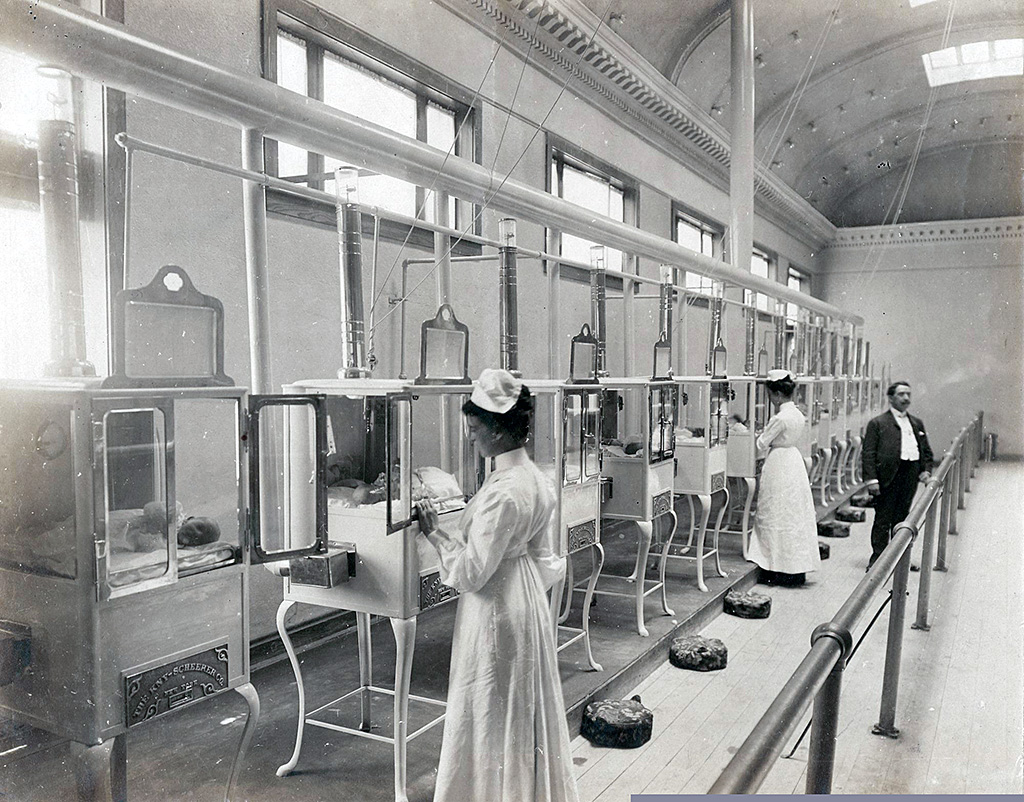
Above: Manager Mr. E. M. Bayliss and nurses attending babies in the Baby Incubator Exhibit on the Pike at the 1904 World’s Fair. Evidently this photo was taken prior to the Zahorsky regime, as the glass partition described by Zahorsky is not present.
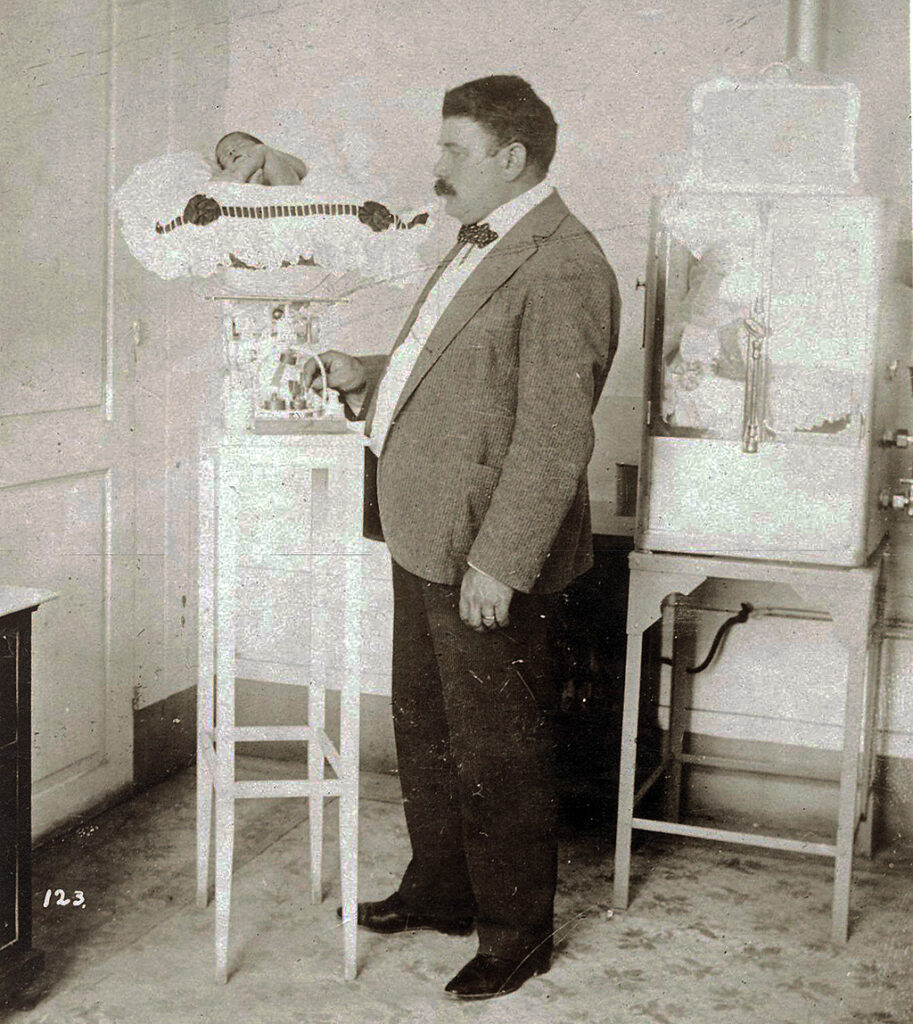
Above: Male manager weighing a premature baby on a scale in the Baby Incubator Exhibit on the Pike at the 1904 World’s Fair.
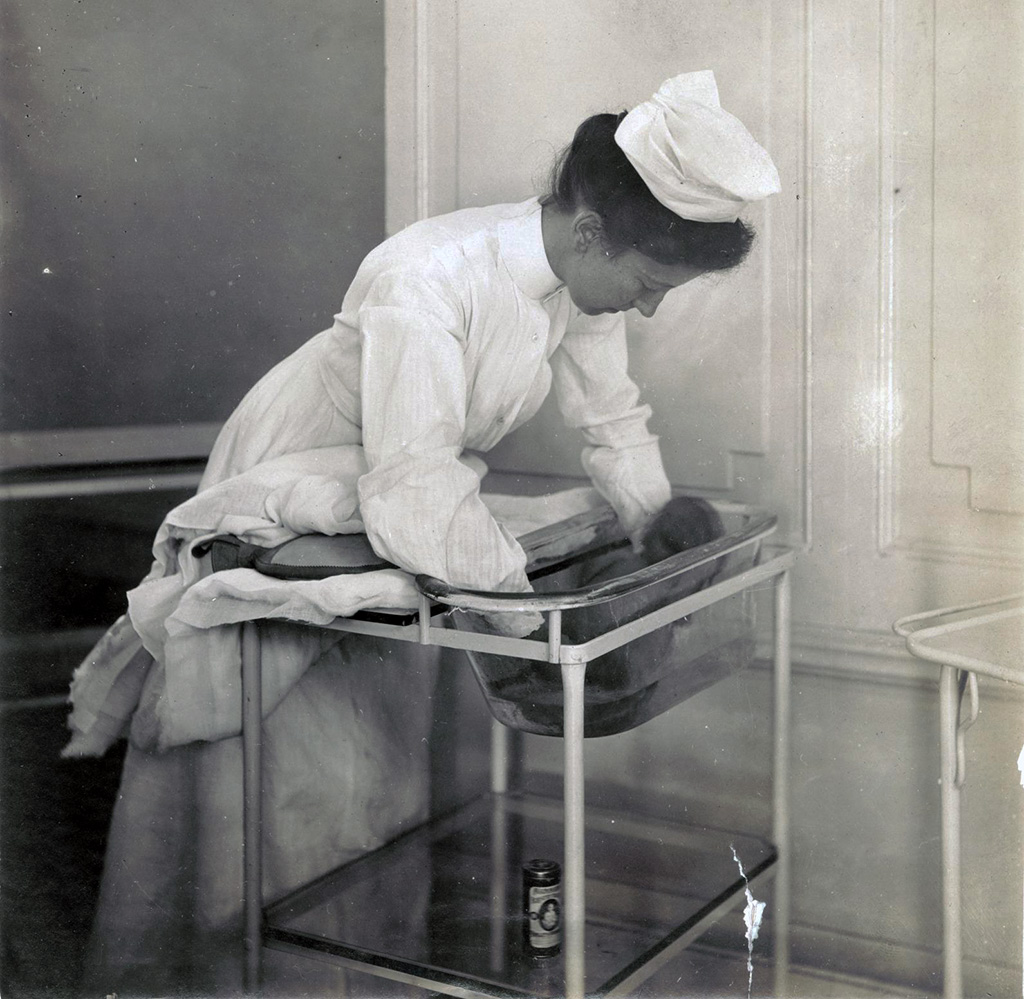
Above: “The Daily Bath.” Nurse bathing an infant in the Baby Incubator Exhibit on the Pike at the 1904 World’s Fair.

Above: “Two graduates of baby incubator just out.” Baby Incubator Exhibit on the Pike at the 1904 World’s Fair.
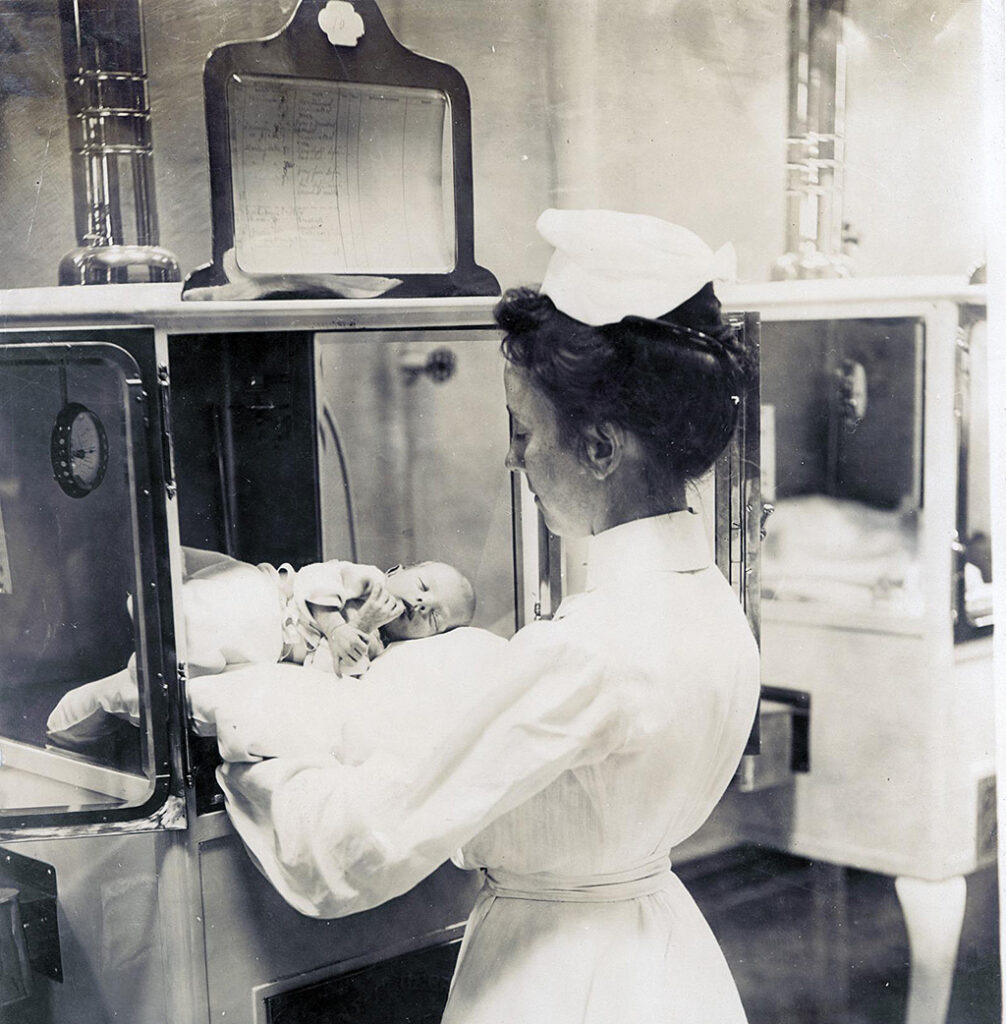
Above: Nurse with an infant in the Baby Incubator Exhibit on the Pike at the 1904 World’s Fair.
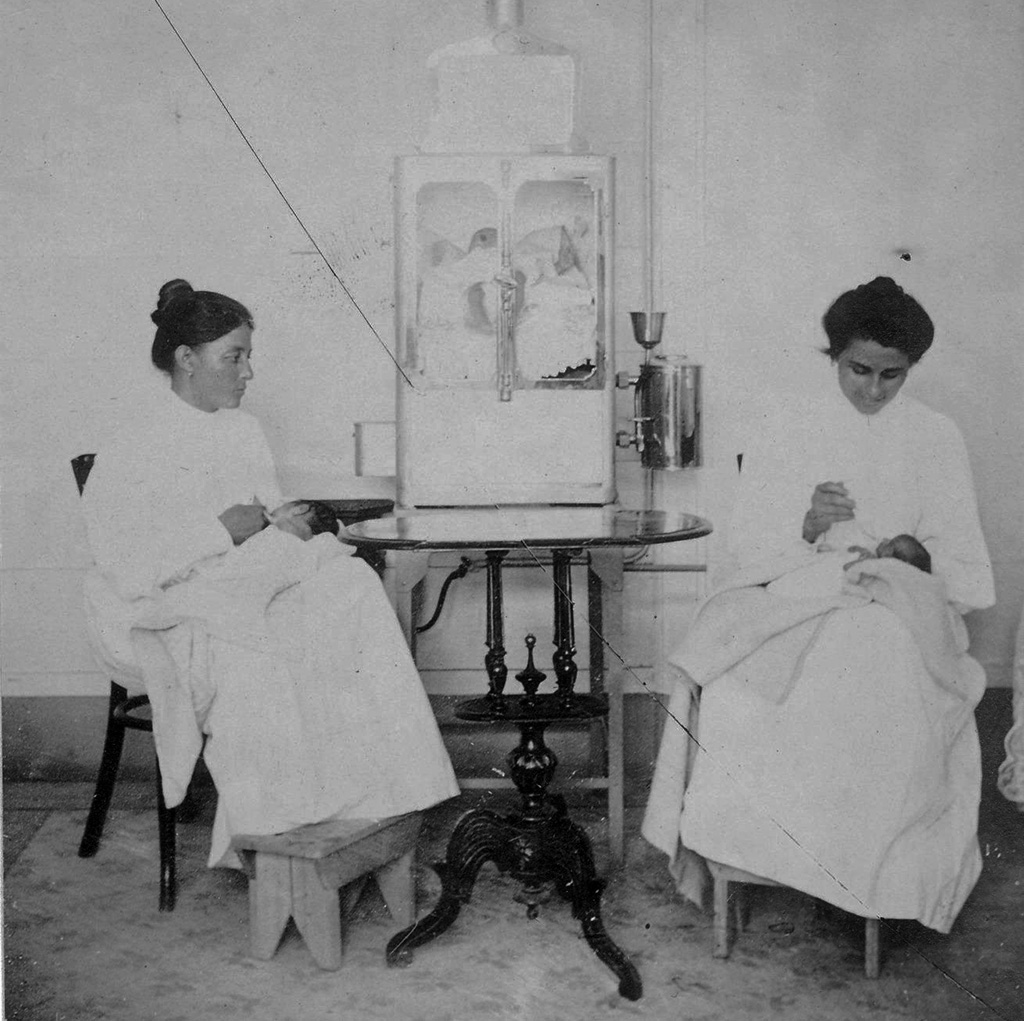
Above: Nurses feeding premature babies in the Baby Incubator Exhibit on the Pike at the 1904 World’s Fair, incubator holding two other infants on the table between them.
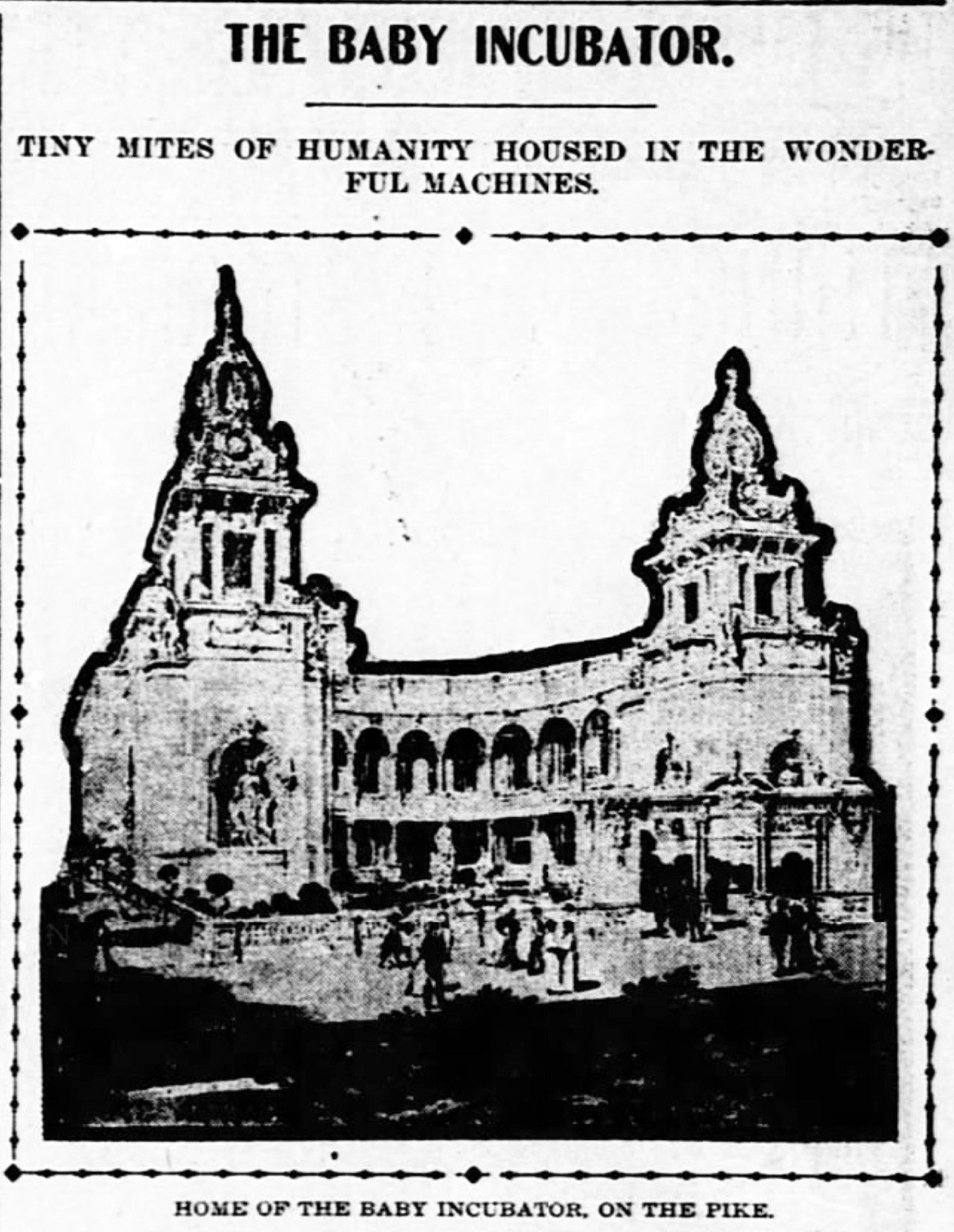
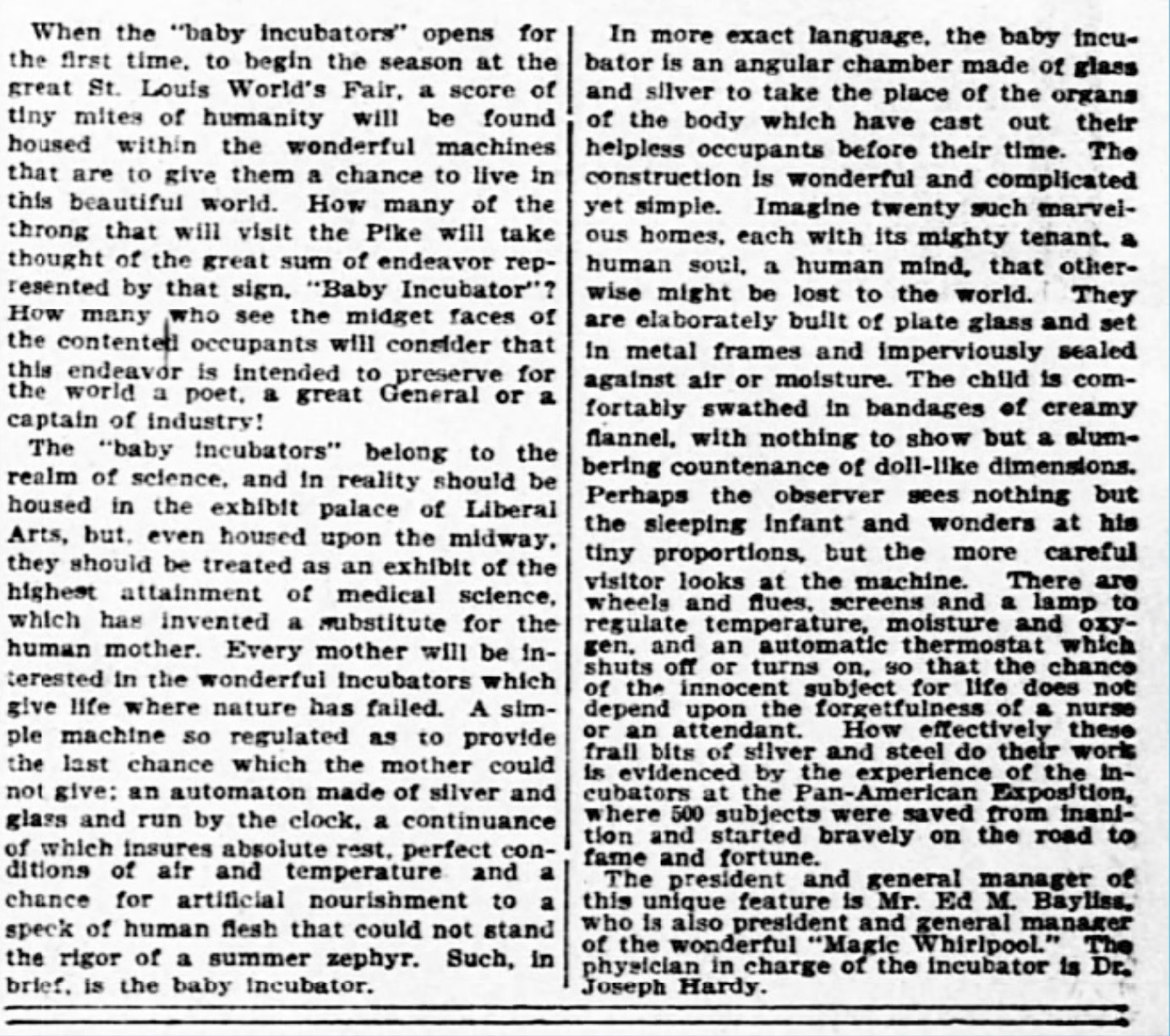
Above: A promotional article that appeared in the St. Louis Republic on May 1, 1904, prior to the opening of the World’s Fair.
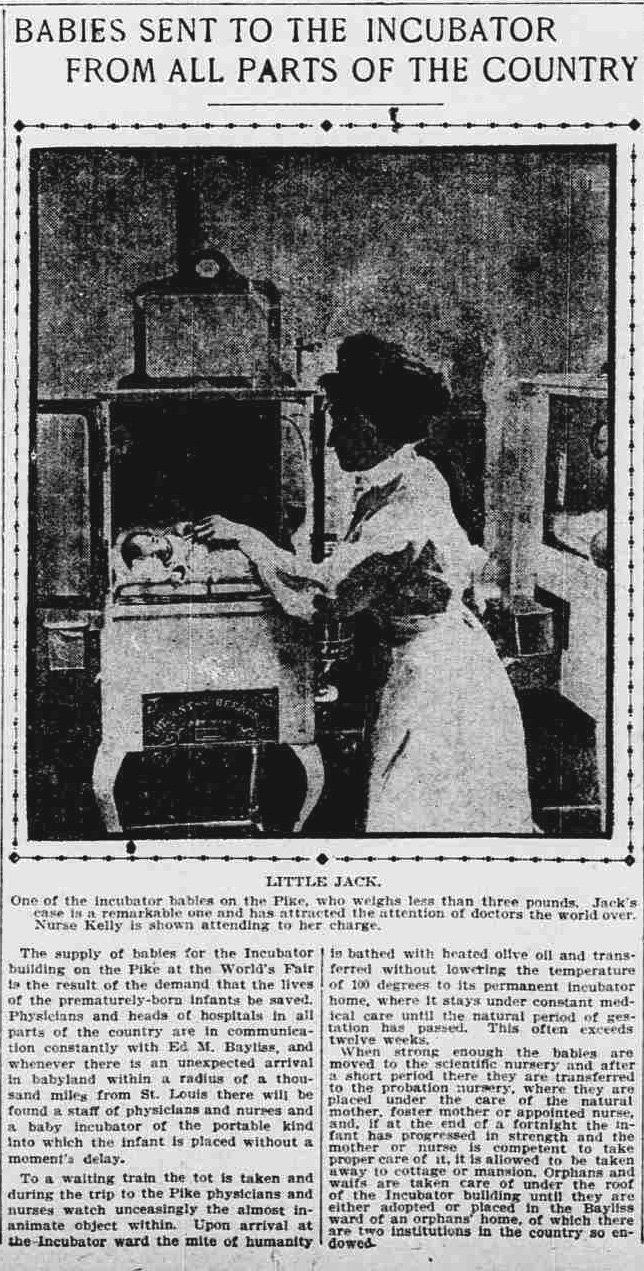
Above: News clipping from the St. Louis Republic, July 17, 1904.
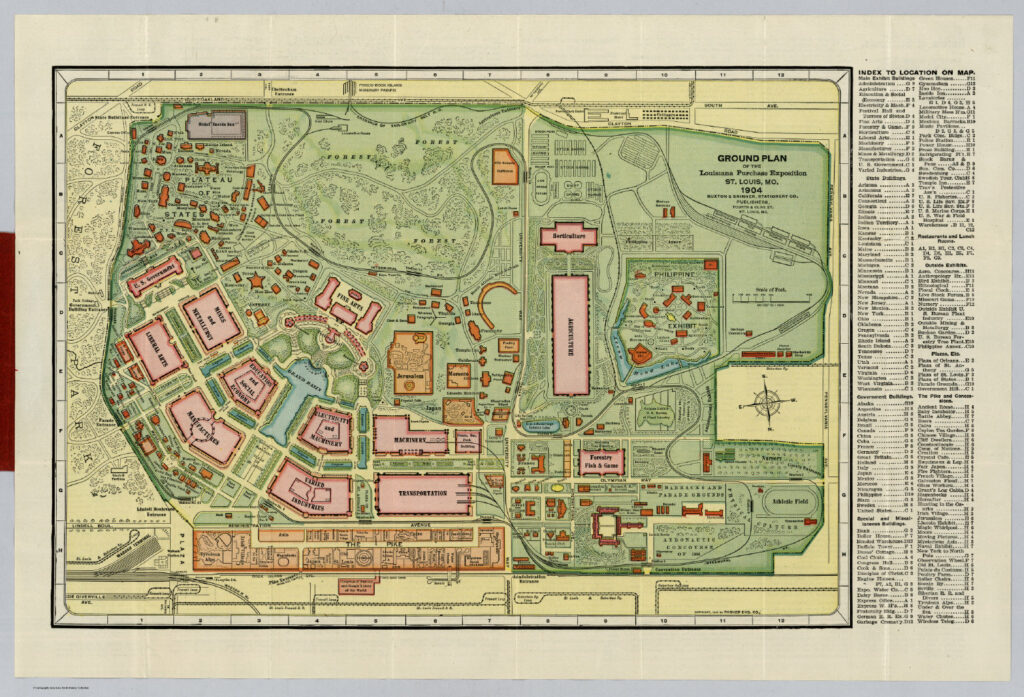
Above: Map of the exposition.
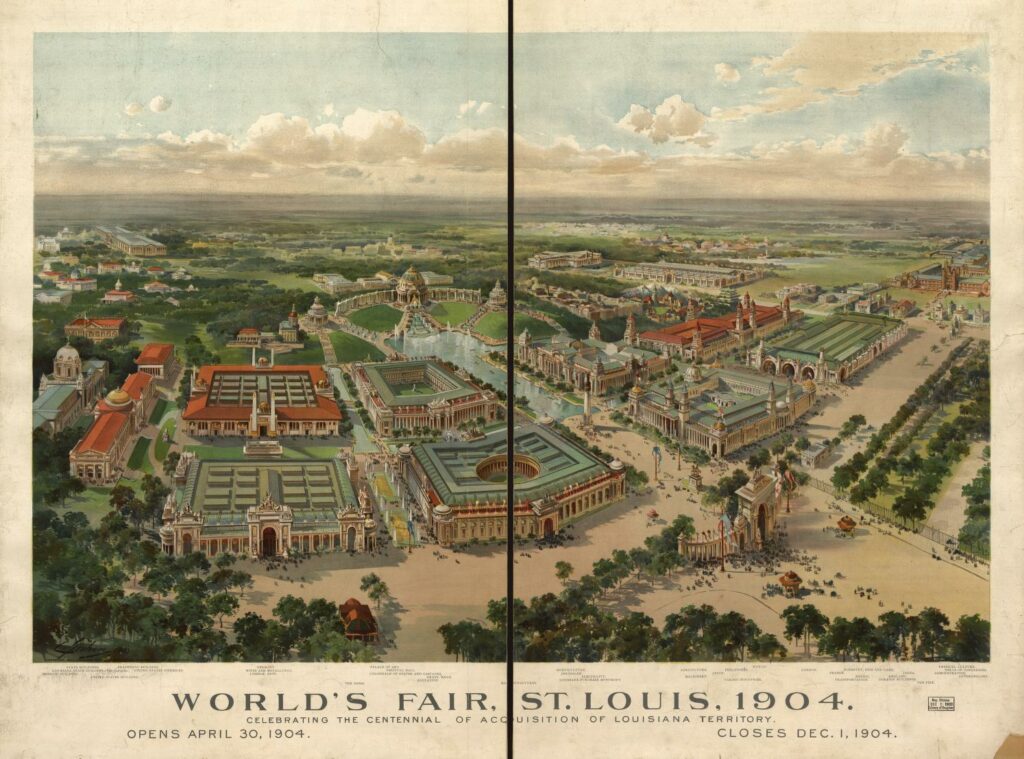
Above: Panoramic view of the exposition.

Above: An advertisement for the incubator baby exhibit.
- “See the Incubator Babies,” by Hon. Murat Halstead
- “The World’s Fair,” excerpts from John Zahorky’s Biography “From the Hills”
- Photographs of the Incubator Exhibit, Missouri Historical Society
- “The Baby Incubators on the Pike”, by John Zahorsky (published in nine installments)
Last Updated on 08/27/23